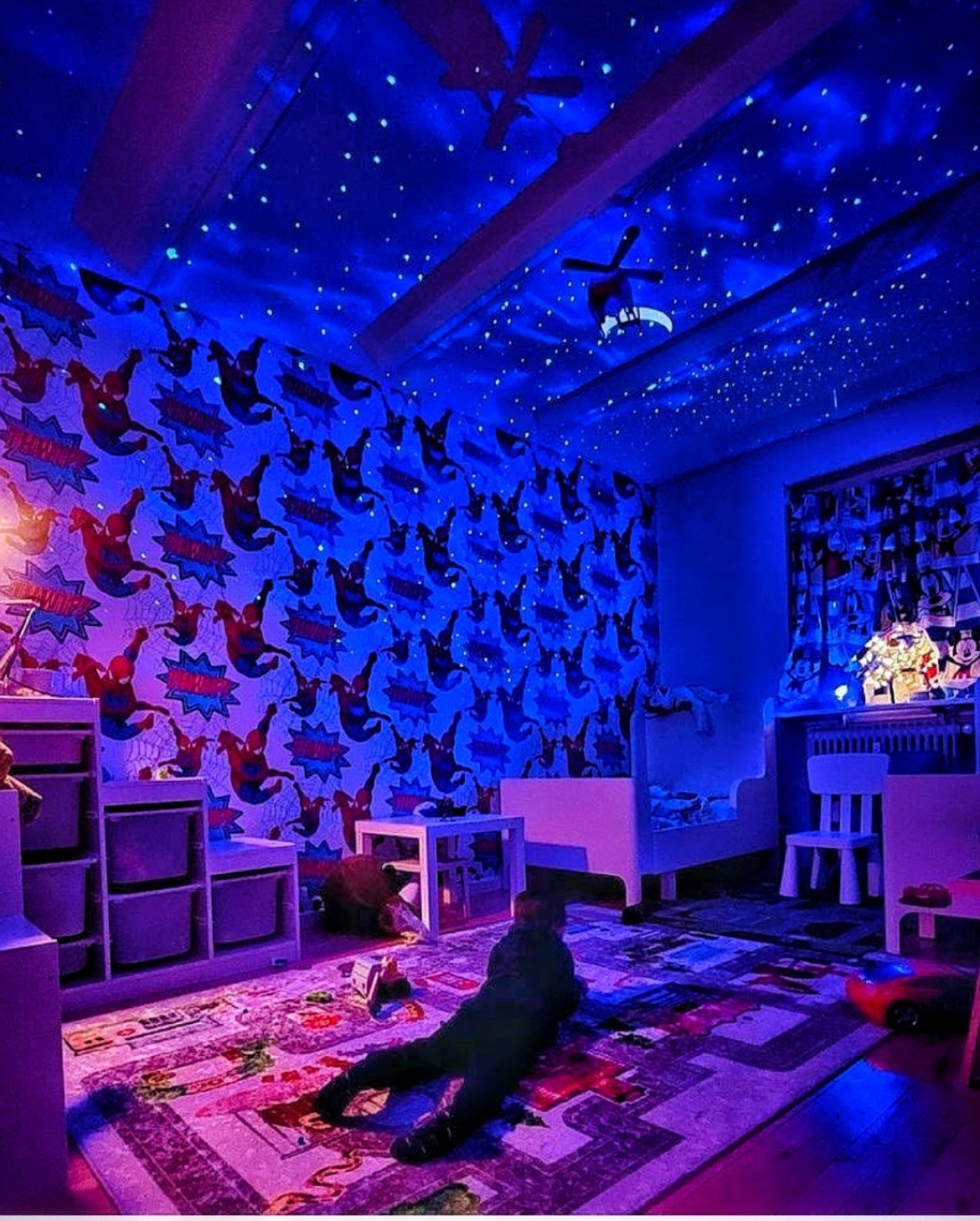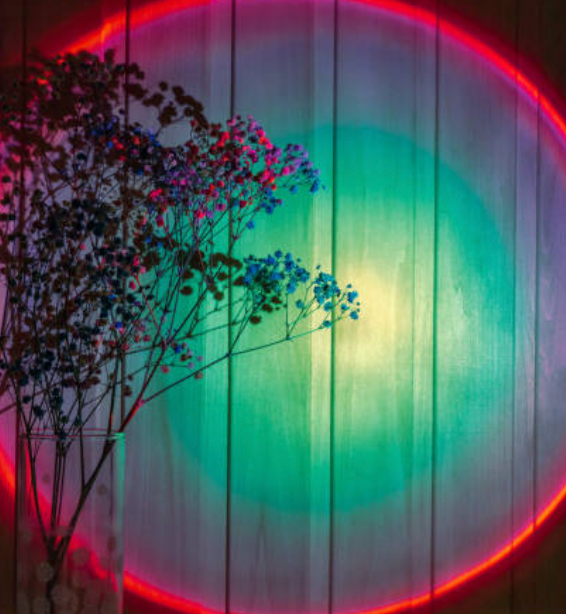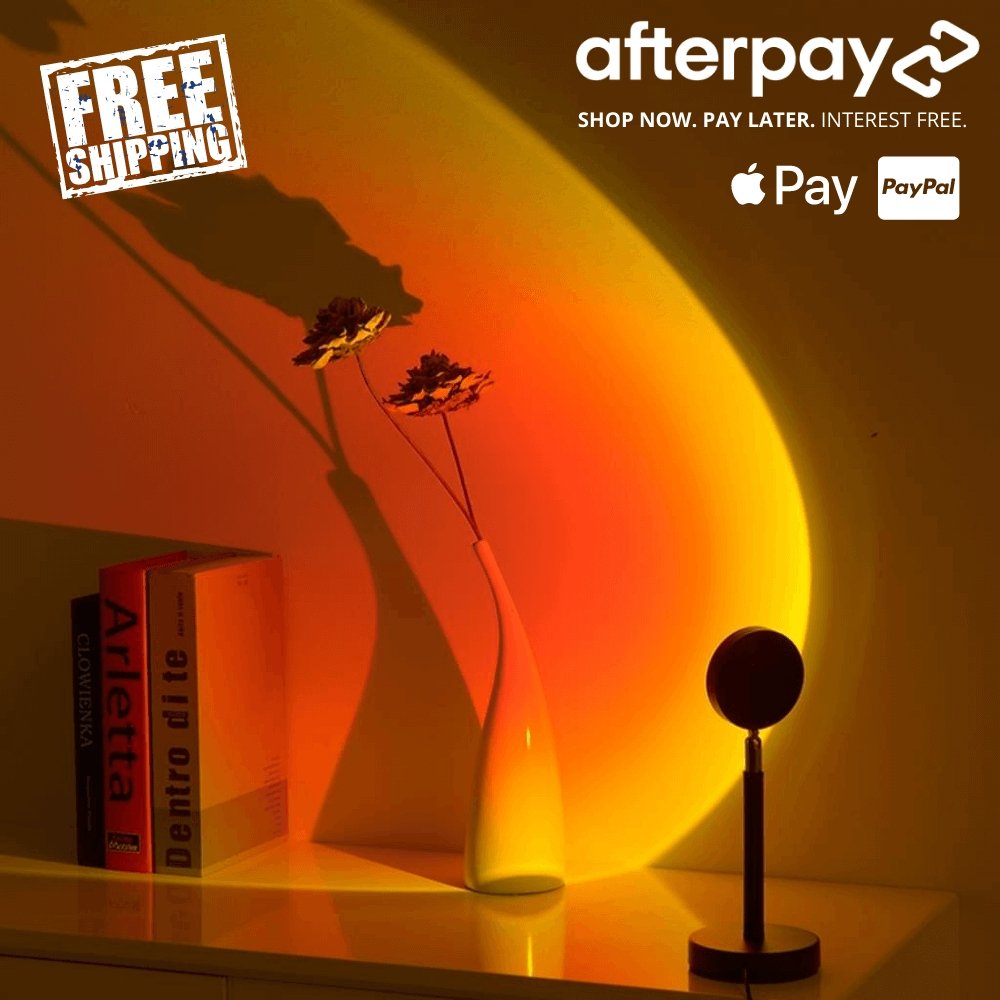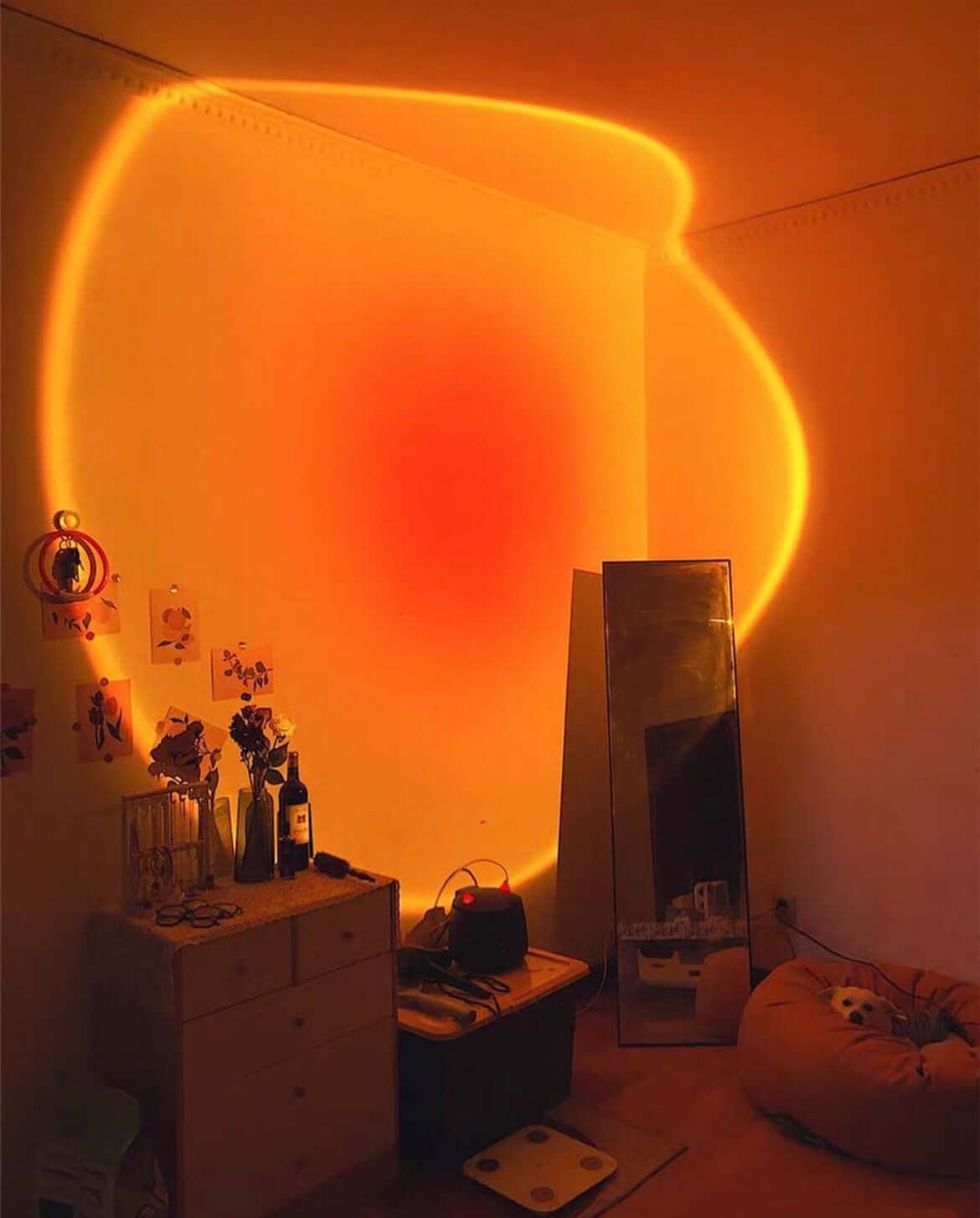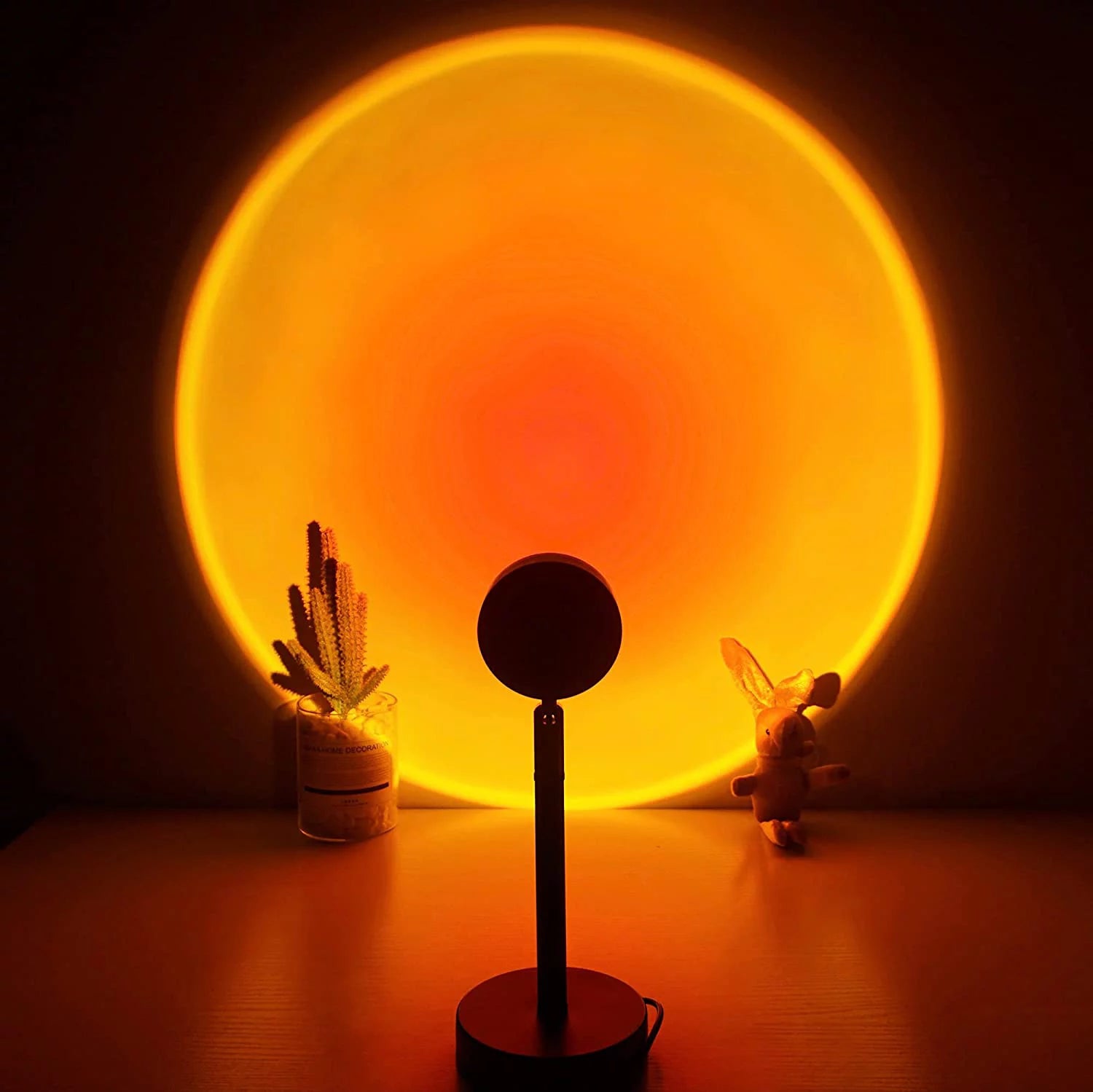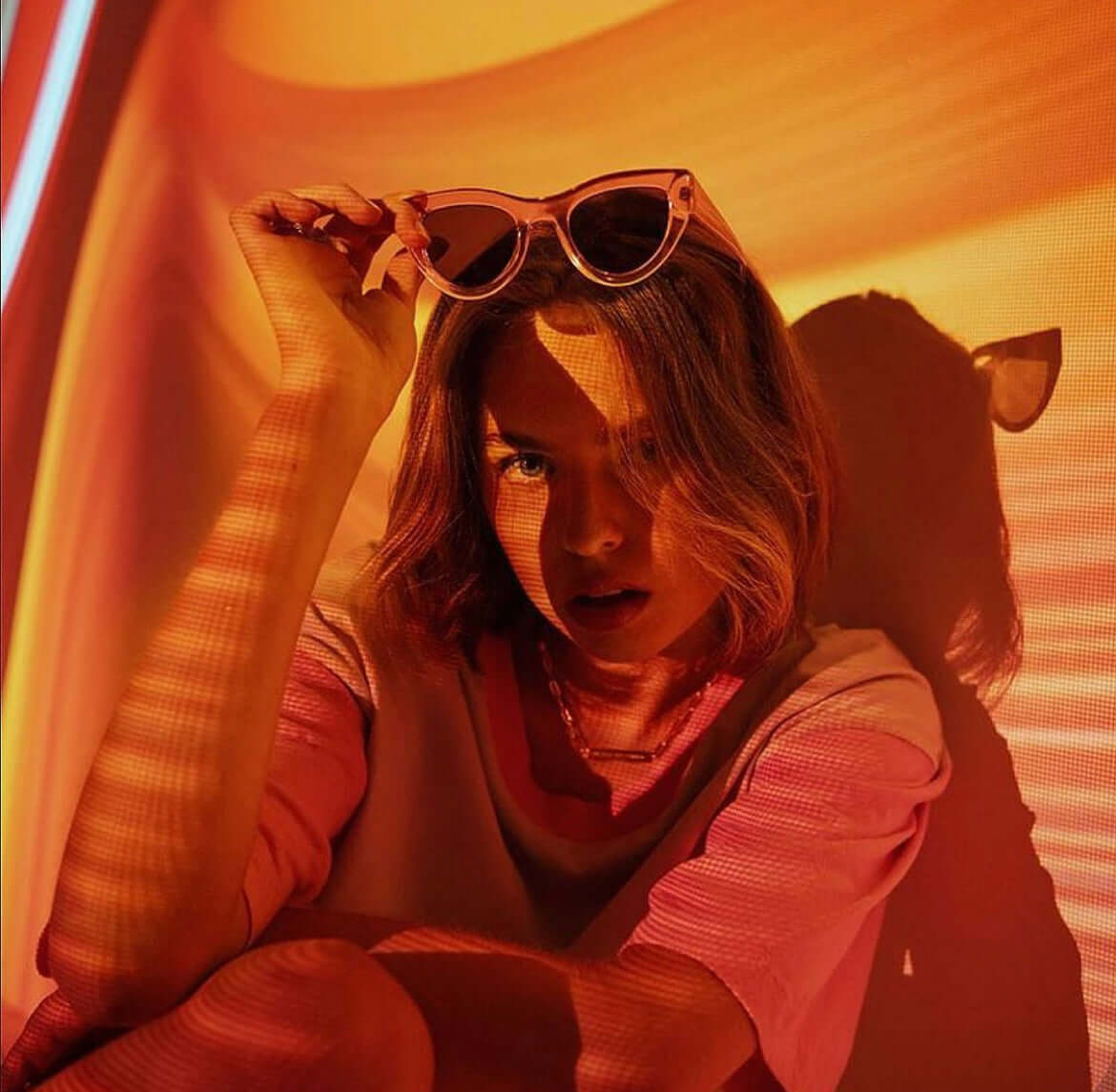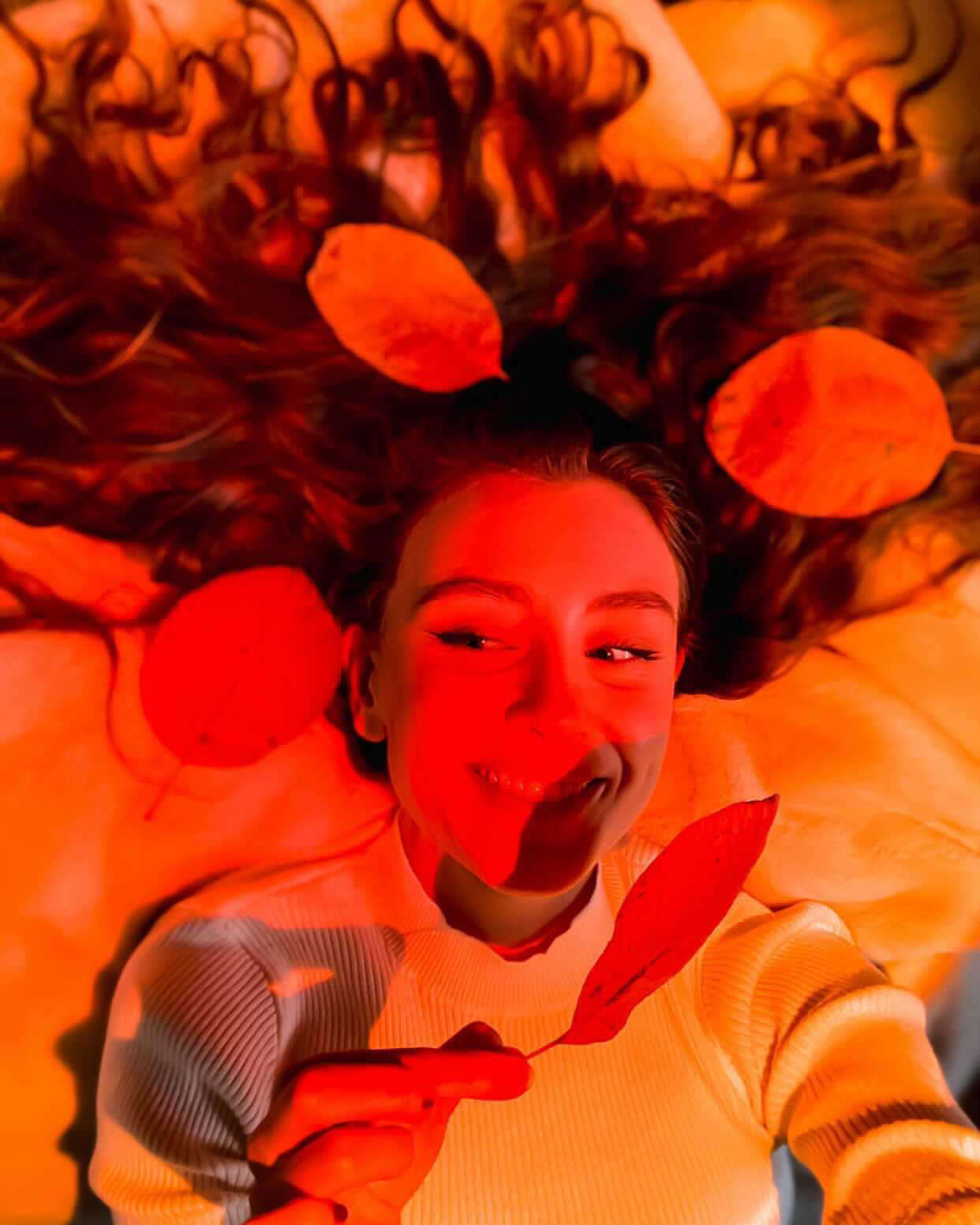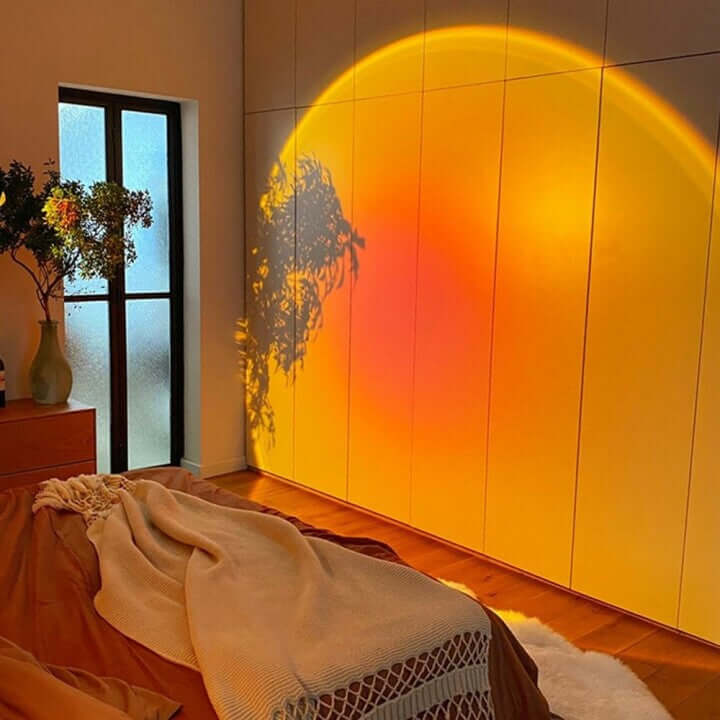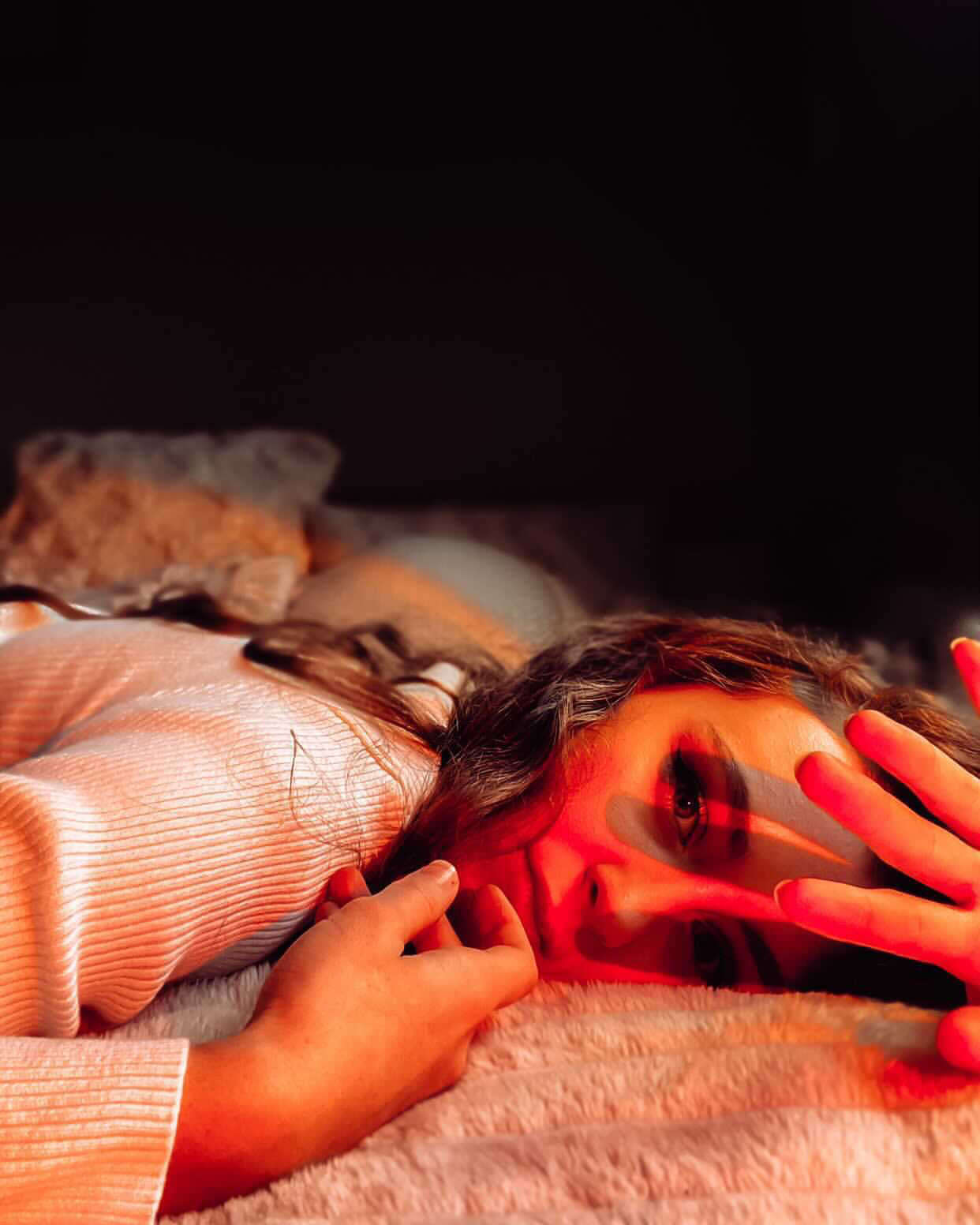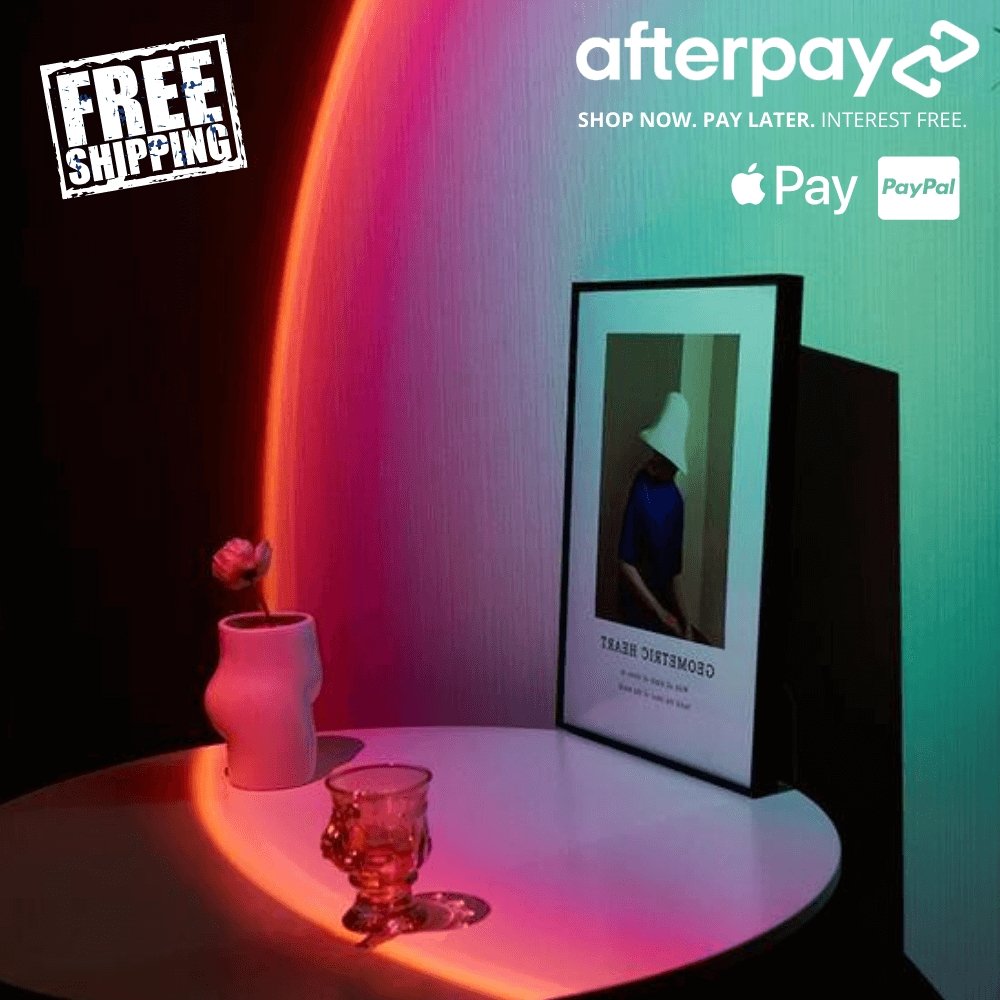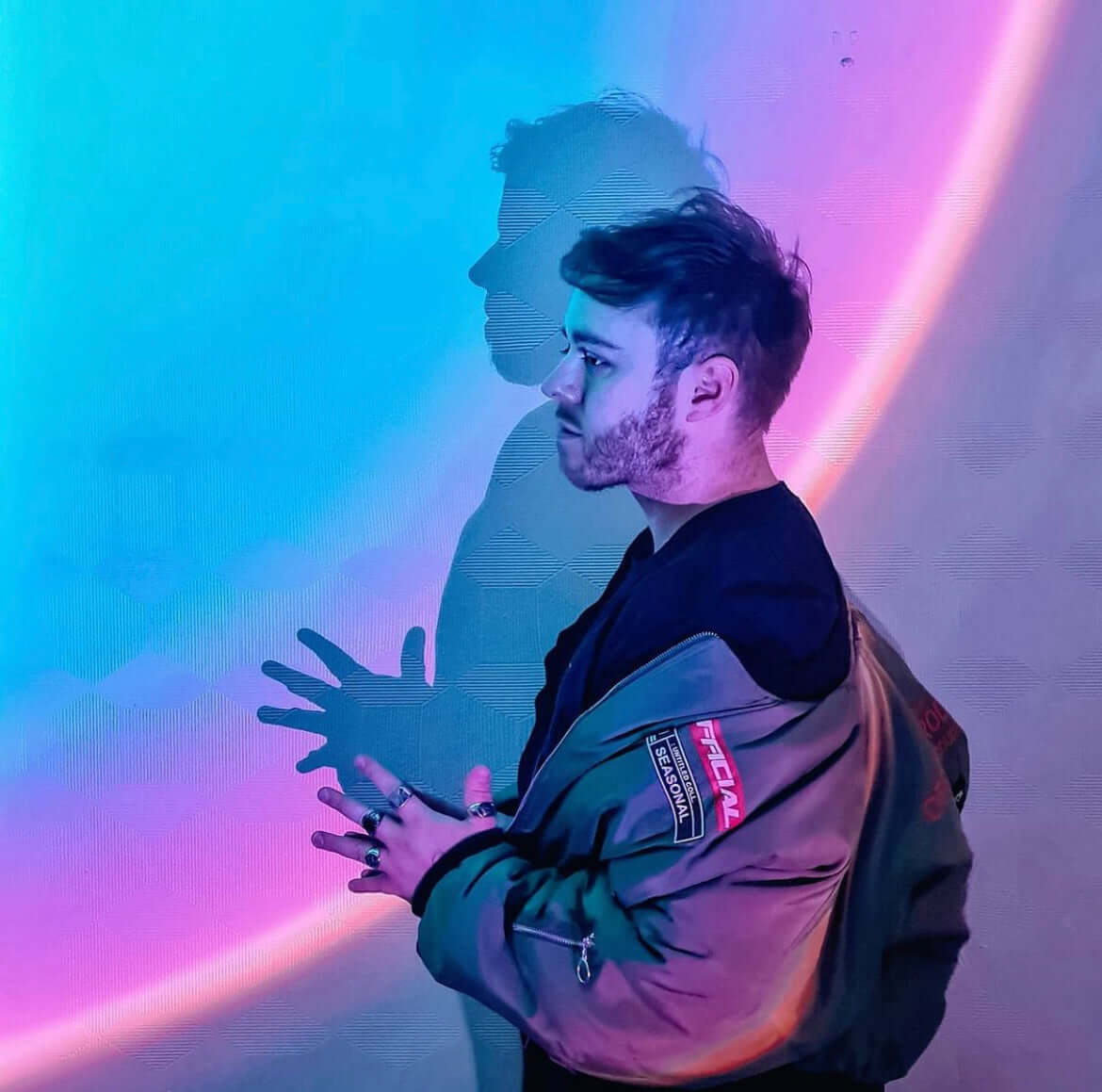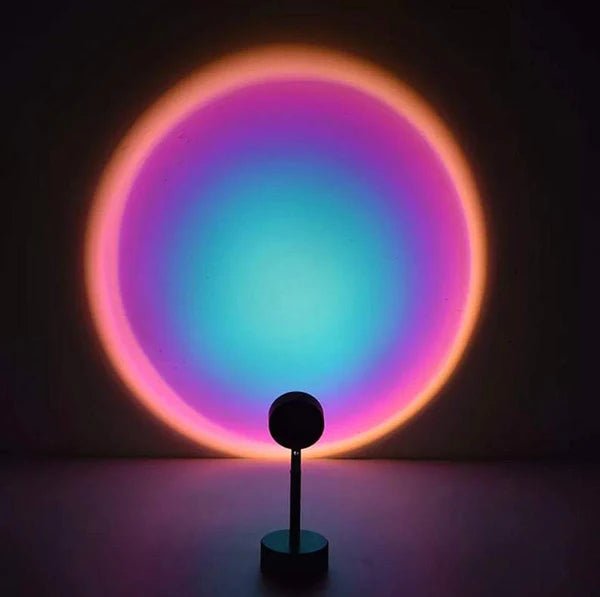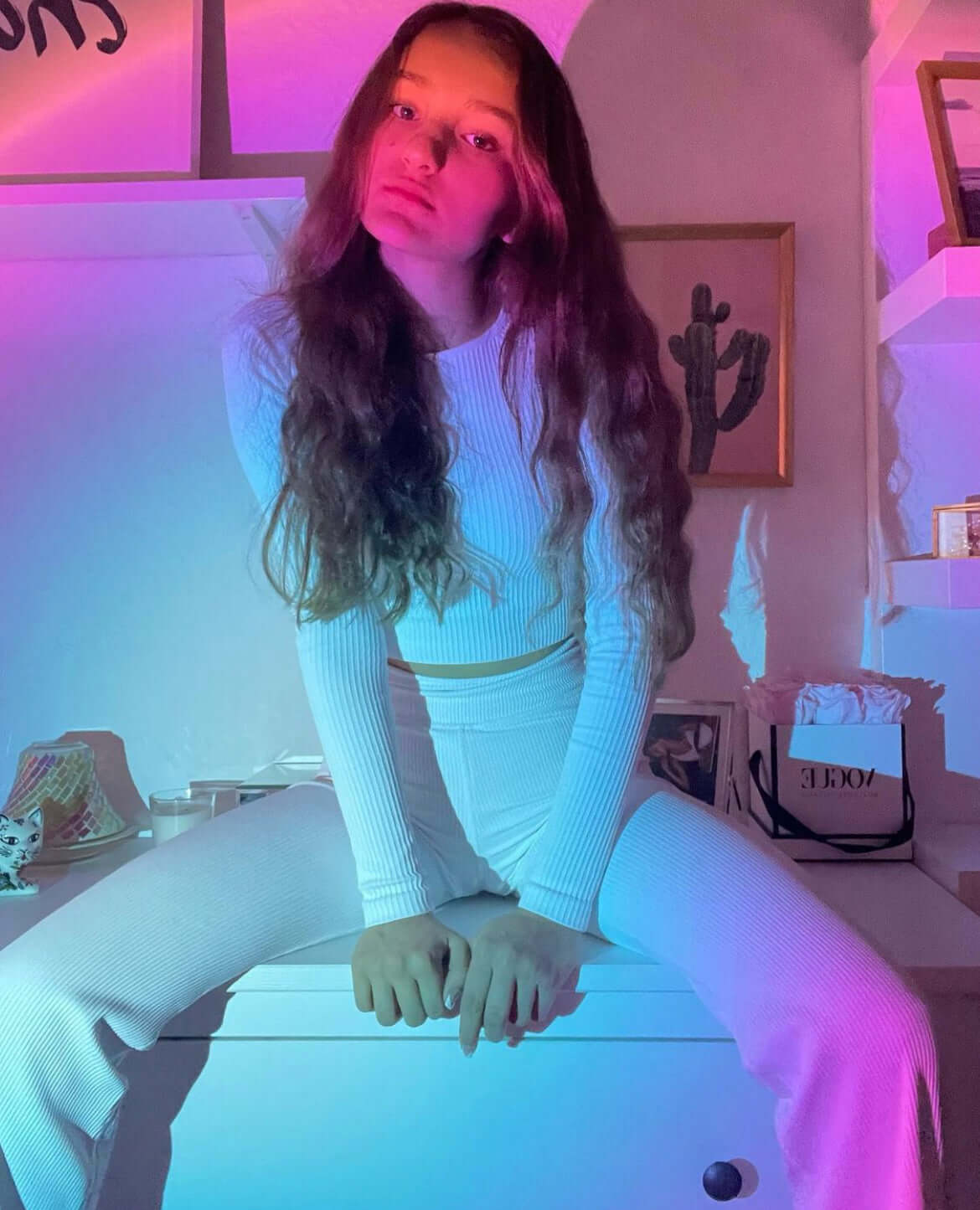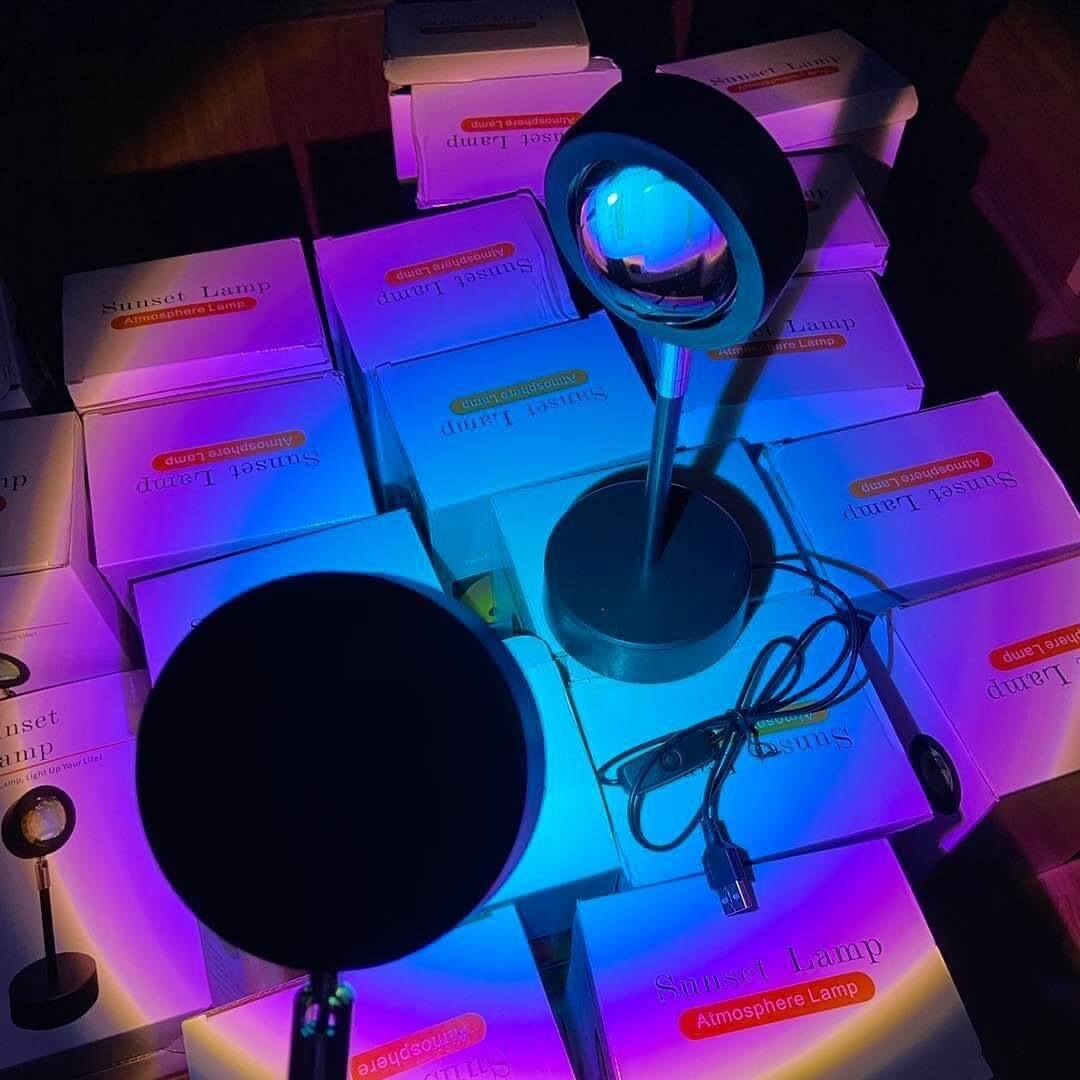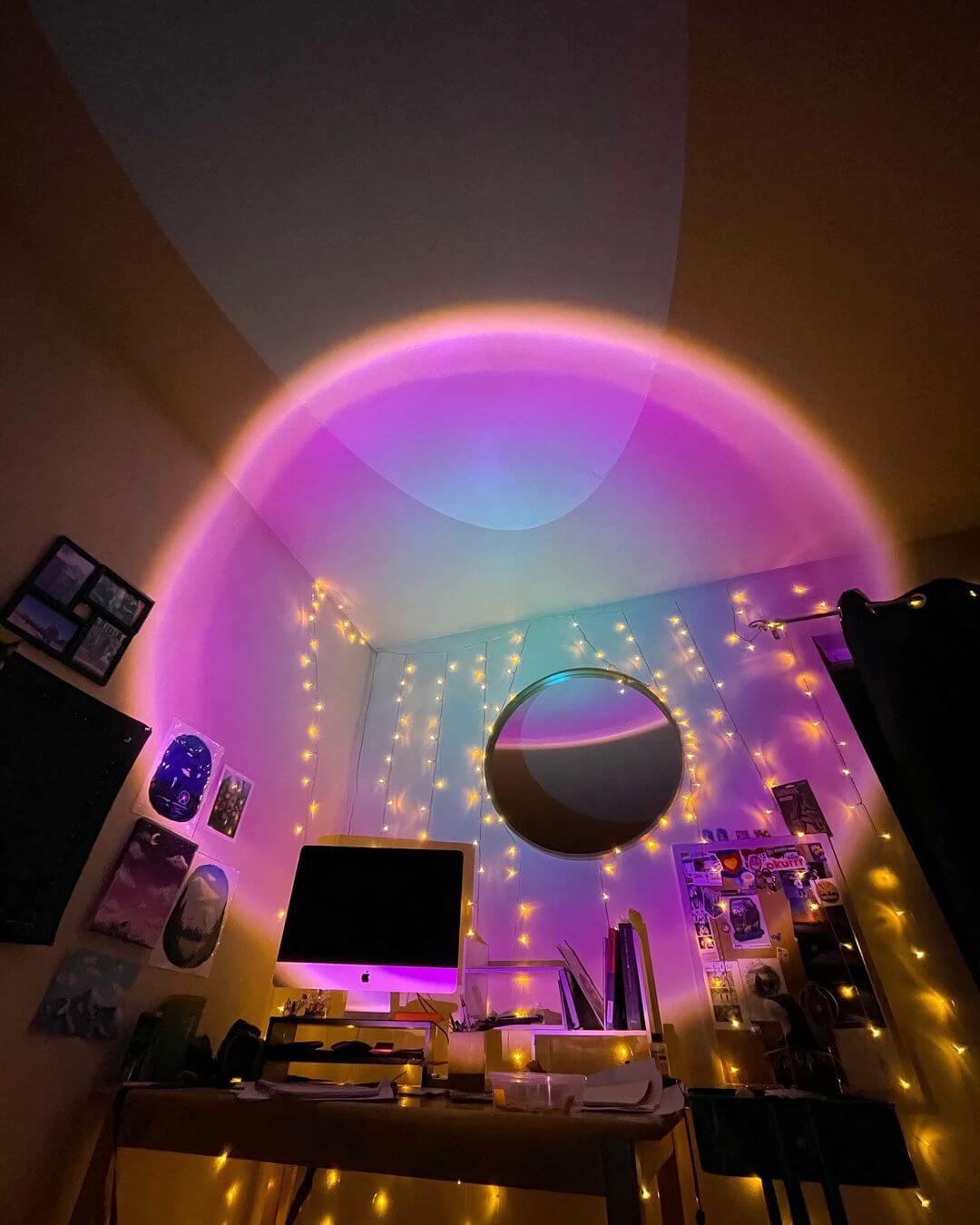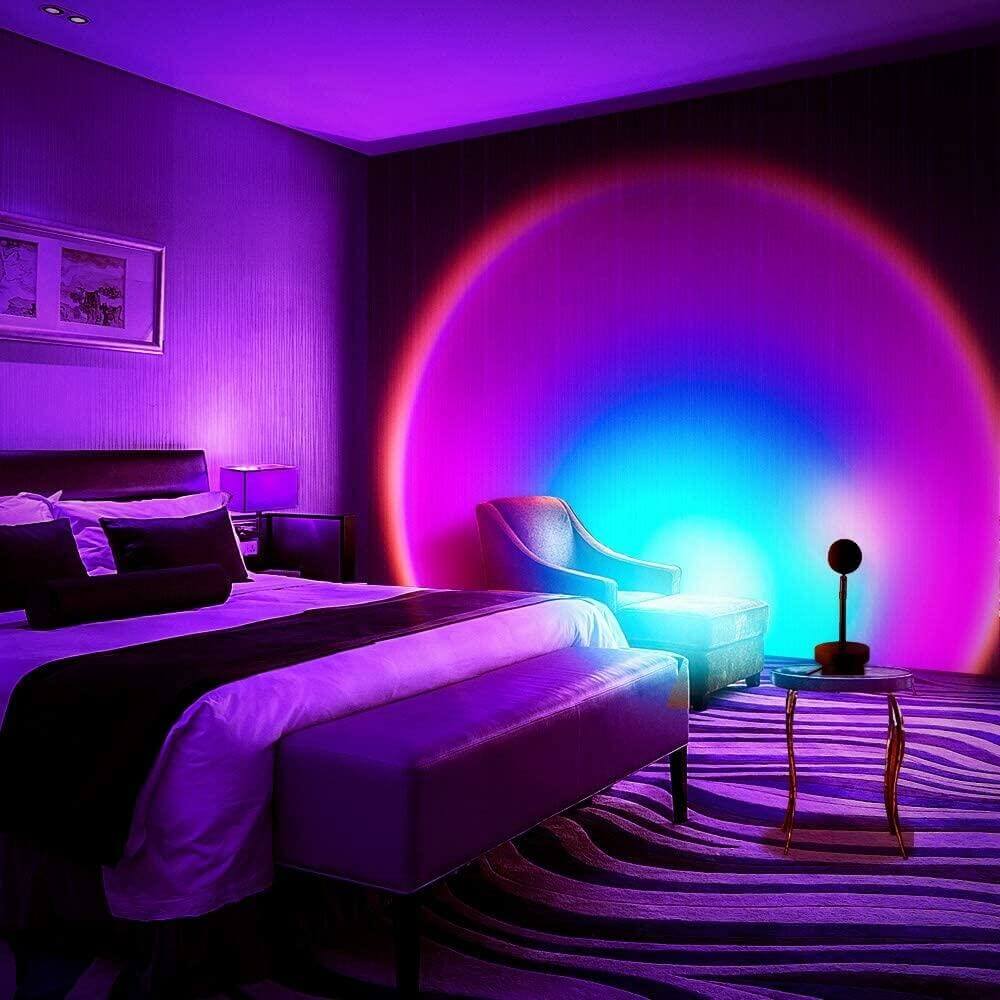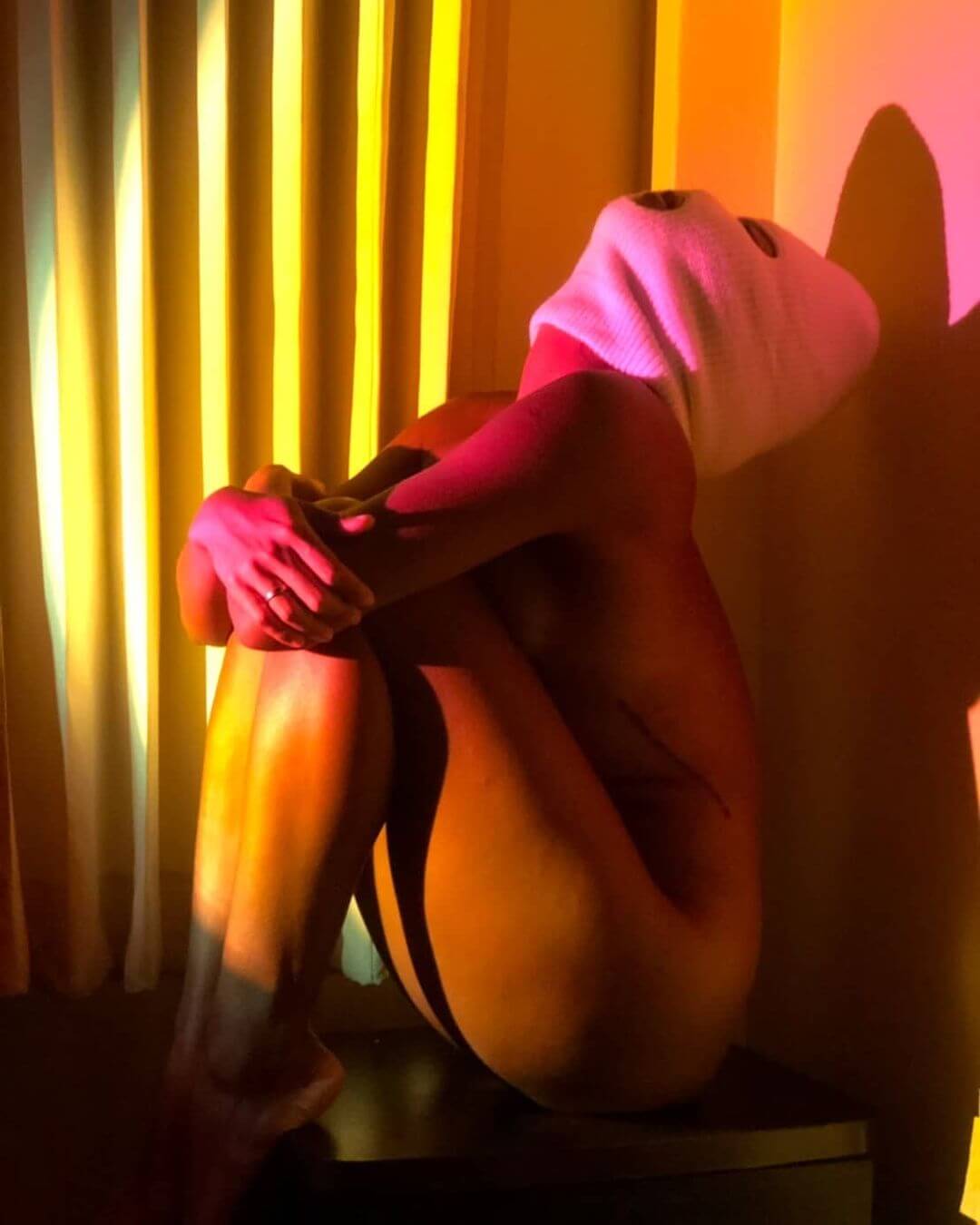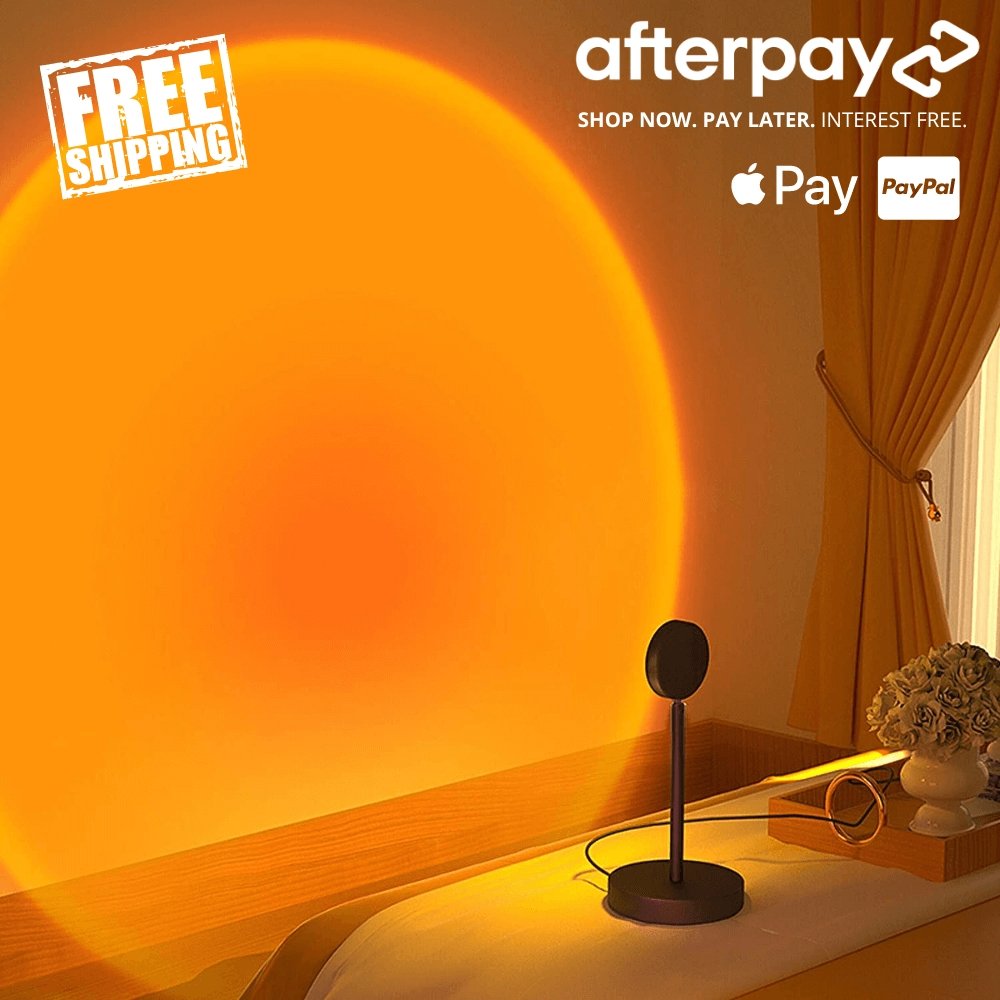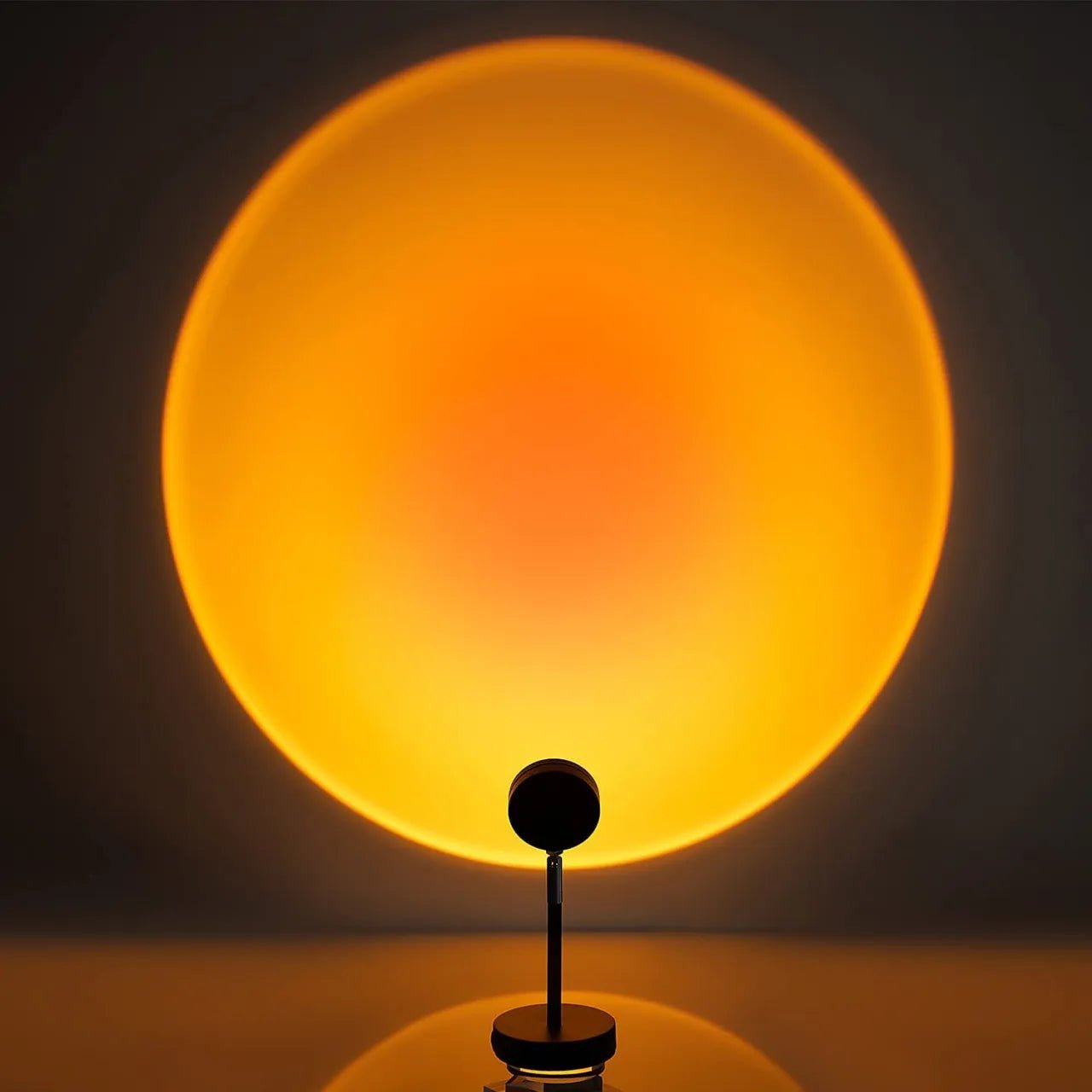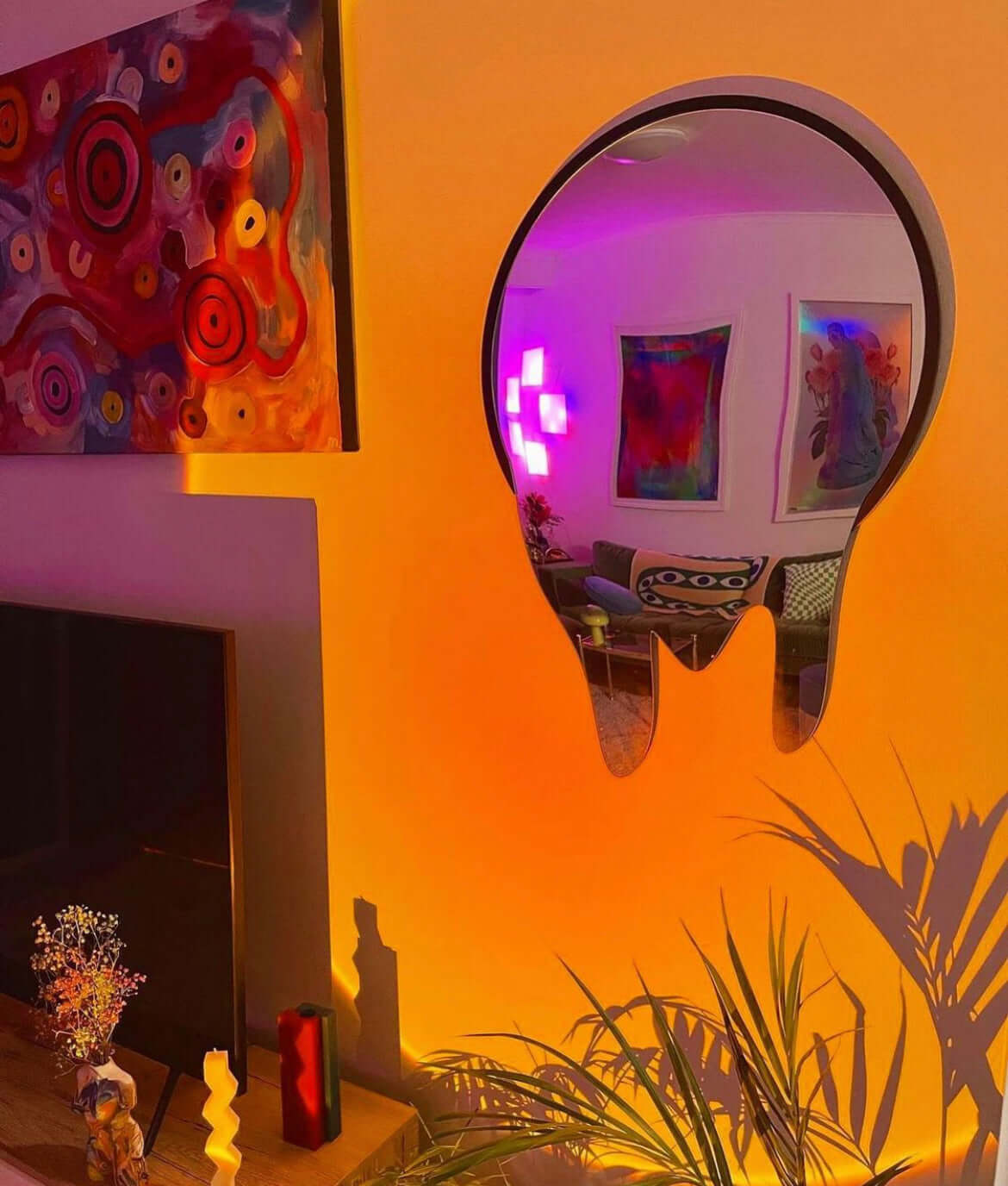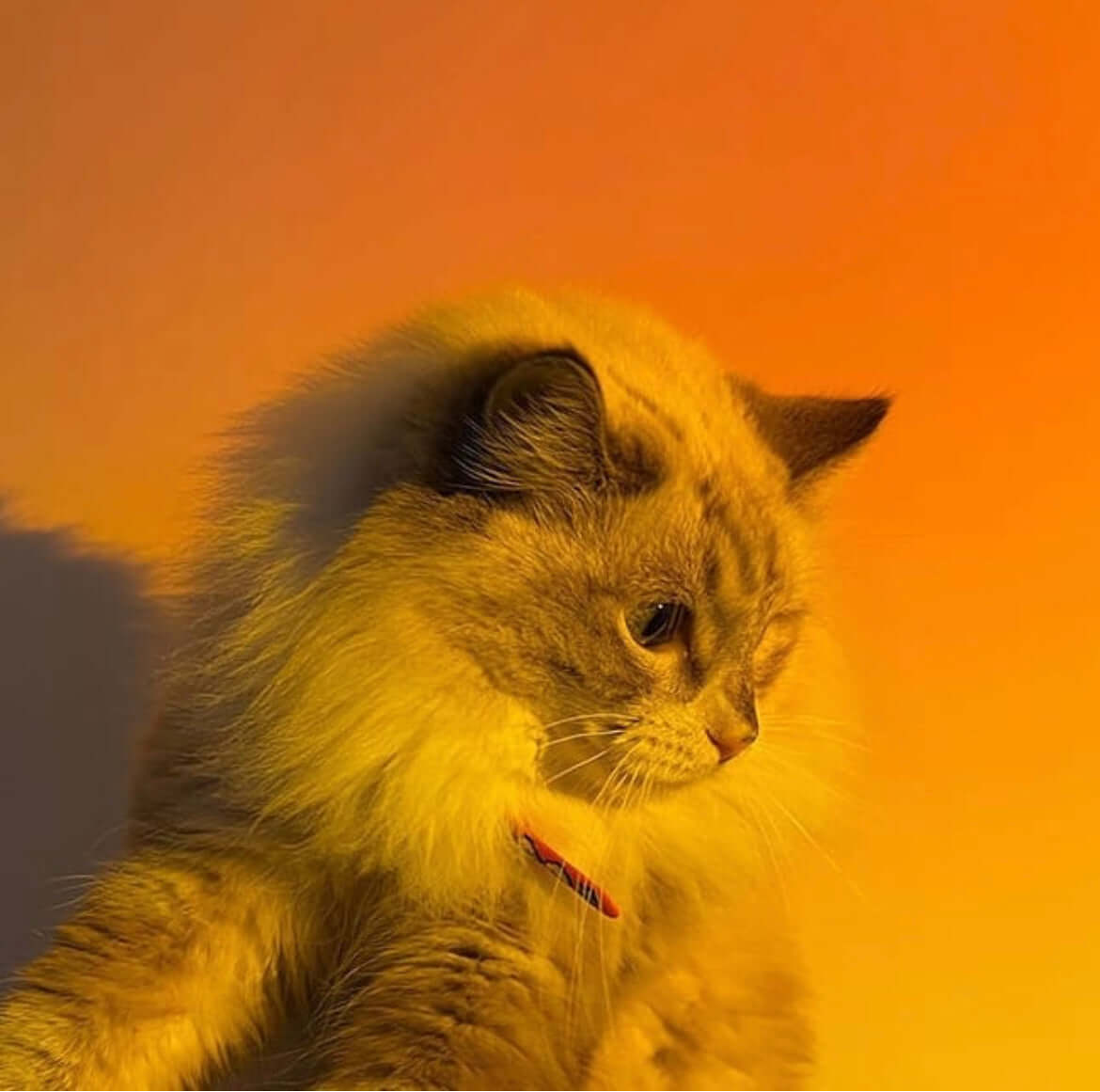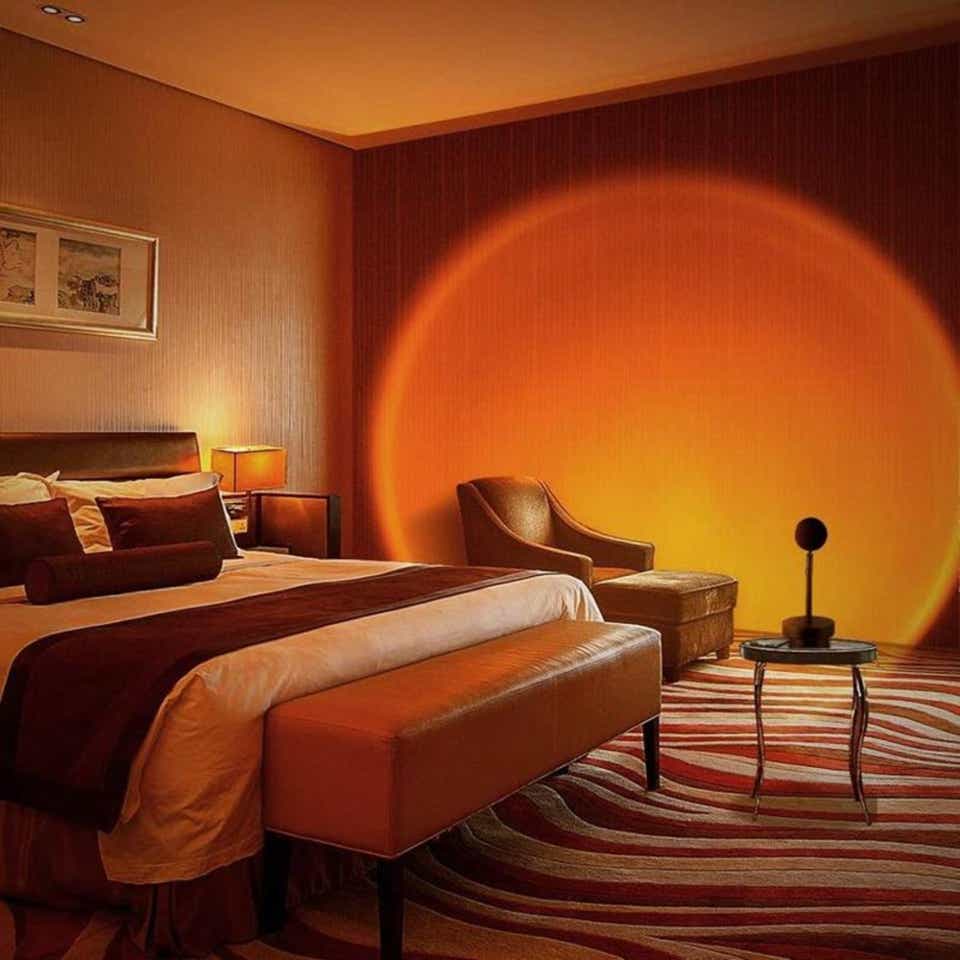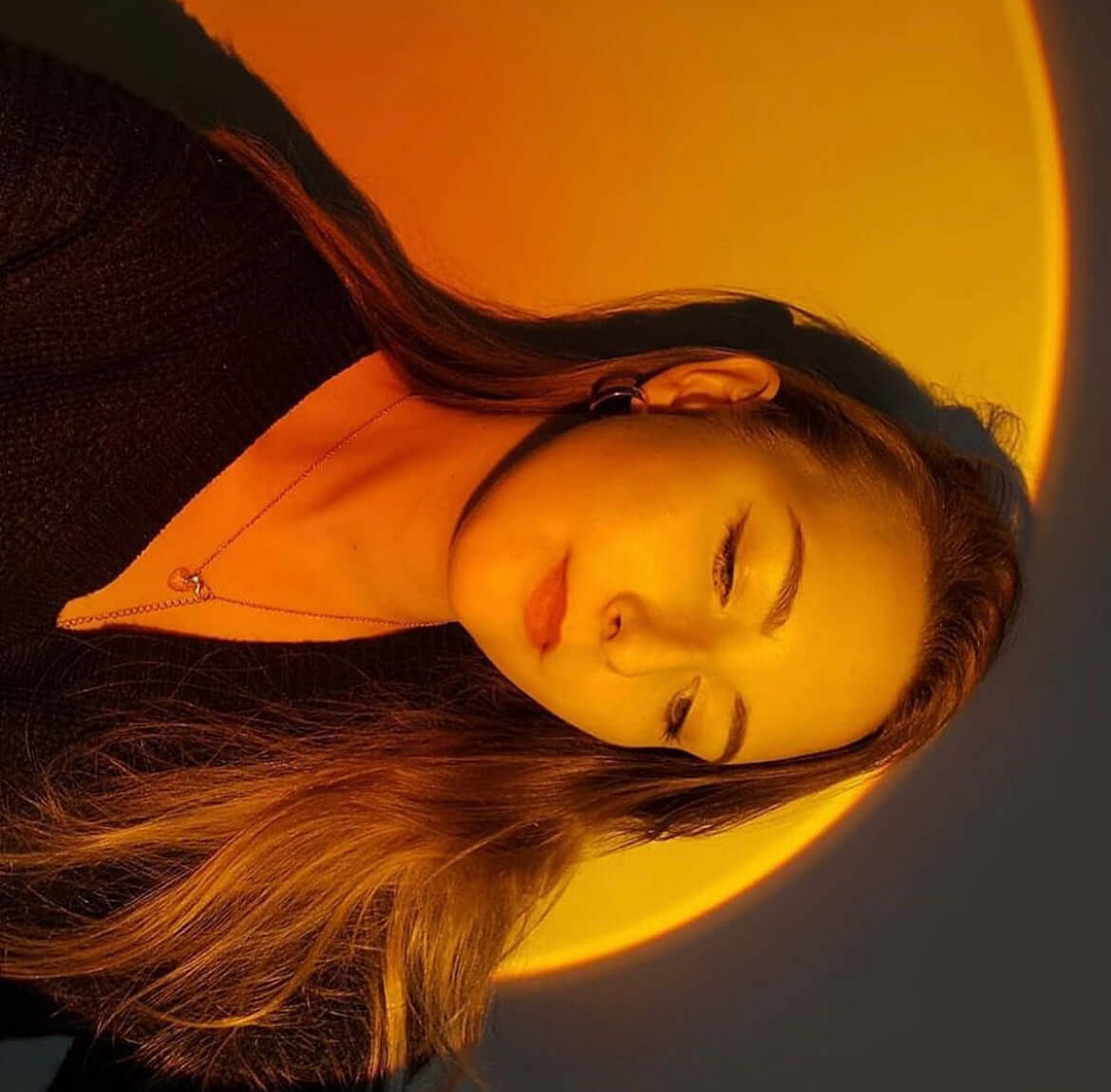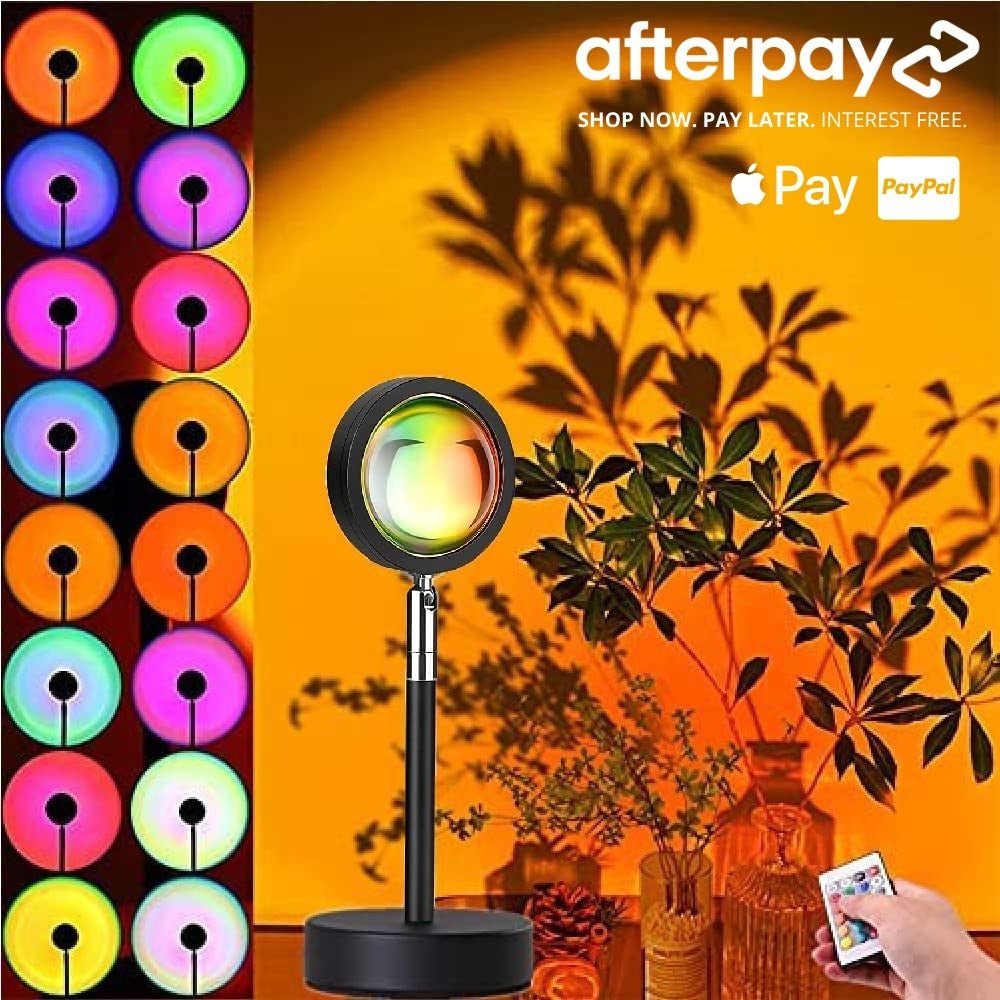DIY Sunset Lighting: Creative Setups for Your Home
How can you create DIY sunset lighting at home for a cozy atmosphere? You can create DIY sunset lighting at home using colored cellophane, LED strips, or repurposed lamps to cast warm sunset hues onto your walls. From beginner setups with filters to advanced Arduino-controlled systems, there are affordable, creative ways to transform your space with calming sunset ambiance
The warm, golden glow of a sunset has an almost magical quality—it transforms ordinary spaces into extraordinary ones, creates a sense of calm and comfort, and makes everything it touches look more beautiful. While dedicated sunset lamps offer a convenient way to bring this special light into your home, there's also something rewarding about creating your own custom sunset lighting effects.
DIY sunset lighting allows you to customize the experience to your exact preferences, experiment with different techniques, and potentially save money while exercising your creativity. Whether you're looking for a fun weekend project, want to create a unique lighting setup that commercial products don't offer, or simply enjoy the satisfaction of making something with your own hands, DIY sunset lighting offers endless possibilities.
In this comprehensive guide, we'll explore various approaches to creating your own sunset lighting effects at home. From simple, budget-friendly setups that require minimal materials to more advanced projects for those with technical skills, you'll discover creative ways to bring the magic of sunset into any room of your home.
👉 Shop Sunset Lamp & Save 20%
Basic DIY Sunset Lighting Setups
Let's start with some simple, accessible projects that require minimal materials and technical knowledge.
1. Colored Cellophane Light Filters
One of the easiest ways to create sunset-like lighting is by using colored cellophane as a light filter.
Materials Needed:
- Red, orange, and/or yellow cellophane (available at craft stores)
- Scissors
- Clear tape or rubber bands
- Existing lamp or flashlight
Instructions:
- Cut pieces of cellophane slightly larger than the light source
- Layer different colors to achieve your desired sunset hue (orange over yellow creates a warm sunset tone)
- Secure the cellophane to your light source using tape or rubber bands
- Position the light to project onto a wall or ceiling
Tips for Best Results:
- Use LED lights rather than incandescent bulbs to prevent heat buildup
- Experiment with different color combinations and layering techniques
- Try crumpling the cellophane slightly before attaching for a more textured light effect
- Position the light at different distances from the wall to change the size and intensity of the projection
2. Repurposed Glass Container Lamp
Colored glass containers can create beautiful sunset-like ambient lighting with minimal effort.
Materials Needed:
- Amber, red, or orange glass container (jar, bottle, vase)
- Small string lights or battery-operated LED lights
- Optional: sand, pebbles, or decorative filler
Instructions:
- Clean the glass container thoroughly
- Add decorative filler to the bottom if desired
- Place string lights inside the container, arranging them evenly
- Position in your space where the colored light will create a sunset-like glow
Creative Variations:
- Use multiple containers with different colors for a layered sunset effect
- Add water to the container for a rippling light effect
- Incorporate dried flowers or branches for interesting shadows
- Group several containers of different heights for a more dramatic display
3. Cardboard Projection Box
This simple DIY project creates a focused sunset projection similar to commercial sunset lamps.
Materials Needed:
- Small cardboard box
- Aluminum foil
- Red and orange cellophane or transparent colored plastic
- Small LED flashlight or battery-operated puck light
- Scissors or craft knife
- Tape
Instructions:
- Cut a small circular hole (about 2 inches in diameter) in one side of the box
- Line the inside of the box with aluminum foil, shiny side out, securing with tape
- Cover the hole with layers of red and orange cellophane, securing with tape
- Cut a small opening in the opposite side of the box for the flashlight
- Insert the flashlight and secure it pointing toward the cellophane-covered hole
- Position the box so the colored light projects onto your desired surface
Enhancement Ideas:
- Add a convex lens (from a magnifying glass) in front of the hole to focus the light
- Create a gradient effect by layering different colors of cellophane
- Mount the box on an adjustable stand for easier positioning
- Cut decorative patterns in additional layers of cardboard to create shaped light projections
Intermediate DIY Sunset Lighting Projects
Ready to take your DIY sunset lighting to the next level? These intermediate projects require a bit more time and some basic technical skills but offer more customization and impressive results.
1. RGB LED Strip Sunset Simulator
Programmable LED strips allow you to create customized sunset colors and even animate the transition from daylight to sunset.
Materials Needed:
- RGB LED strip with controller (preferably one with preset color options)
- Power adapter appropriate for your LED strip
- Diffusing material (frosted plastic sheet, white fabric, or paper)
- Mounting hardware (adhesive backing, clips, or channel)
- Optional: smart plug for scheduling
Instructions:
- Plan the placement of your LED strip (behind furniture, along crown molding, etc.)
- Clean the mounting surface thoroughly
- Install the LED strip according to the manufacturer's instructions
- Position the diffusing material in front of the LEDs to soften the light
- Program the controller to your desired sunset colors (typically warm whites, ambers, and reds)
- If your controller supports it, set up a gradual transition from brighter to warmer colors
Advanced Features:
- Use a smart controller to schedule your sunset lighting to activate automatically in the evening
- Create custom color sequences that mimic the progression of a real sunset
- Install strips in multiple locations controlled by the same system for whole-room effects
- Combine with voice control systems for convenient operation
2. Upcycled Lamp with Color-Changing Bulb
Transform an existing lamp into a sunset lamp by replacing its bulb and adding custom diffusion.
Materials Needed:
- Existing lamp with a shade (preferably white or neutral)
- Smart color-changing LED bulb
- Amber or orange tissue paper
- Clear adhesive (like Mod Podge) or double-sided tape
- Brush for applying adhesive
Instructions:
- Remove the lamp shade from the base
- Cut tissue paper to fit the inside of the shade
- Apply adhesive to the inside of the shade and carefully attach the tissue paper
- Allow to dry completely
- Replace the original bulb with a color-changing LED bulb
- Reattach the shade and set the bulb to warm sunset tones
Creative Variations:
- Layer different colors of tissue paper for a more complex color effect
- Cut patterns in the tissue paper to create textured light projections
- Use a lamp with an adjustable arm to direct the light precisely
- Add a dimmer switch for controlling intensity
3. Sunset Projection Bowl
This creative project uses water and light to create rippling sunset projections.
Materials Needed:
- Clear glass or plastic bowl
- Small submersible LED lights in warm colors
- Water
- Optional: clear glass marbles, essential oils, or food coloring
- Small fan or straw (for creating water movement)
Instructions:
- Fill the bowl about halfway with water
- Add a few drops of food coloring if desired (amber or red)
- Place the submersible LED lights in the water
- Position a light source (like a desk lamp) to shine through the bowl
- Place the bowl near a white wall or ceiling
- Create gentle movement in the water with a small fan or by blowing through a straw
Enhancement Ideas:
- Add clear glass marbles to the bottom for additional light refraction
- Use a mixture of warm-colored lights for a more complex effect
- Add a drop of essential oil to the water surface for interesting patterns
- Place the bowl on a rotating base for constantly changing projections
Advanced DIY Sunset Lighting Projects
For those with technical skills and a desire to create truly custom sunset lighting, these advanced projects offer sophisticated results.
1. Arduino-Controlled Sunset Simulator
Create a programmable sunset lighting system that accurately mimics the color changes of a real sunset.
Materials Needed:
- Arduino microcontroller (Uno or Nano)
- Addressable RGB LED strip (WS2812B or similar)
- Power supply appropriate for your LED setup
- Breadboard and jumper wires
- Resistors and capacitors as specified in Arduino LED tutorials
- Enclosure for the electronics
- Optional: real-time clock module for scheduling
Basic Implementation Steps:
- Connect the LED strip to the Arduino following proper wiring diagrams
- Install the necessary libraries (FastLED or Adafruit NeoPixel)
- Program color transitions that mimic sunset progression
- Create functions for different sunset "modes" (fast/slow, dramatic/subtle)
- Add controls like buttons or potentiometers for adjusting settings
- House everything in an appropriate enclosure
Programming Concepts:
- Use gradual color transitions between defined sunset stages
- Implement timing functions to control the speed of the sunset simulation
- Consider adding ambient light sensing to automatically activate at appropriate times
- Program memory functions to save favorite settings
For those interested in this project but new to Arduino, numerous tutorials and open-source sunset simulation code are available online. This project can be scaled from a simple color-changing light to a sophisticated system that accurately recreates the subtle transitions of natural sunset light.
2. Projection Mapping Sunset Installation
Create an immersive sunset experience using projection mapping techniques.
Materials Needed:
- Mini projector or pico projector
- Computer with projection mapping software (like MadMapper, Resolume, or free alternatives)
- High-quality sunset videos or animations
- White or light-colored surfaces for projection
- Optional: sound system for accompanying audio
Implementation Overview:
- Set up your projector in a position that covers your desired projection area
- Install and learn the basics of your chosen projection mapping software
- Create or source sunset content (videos, animations, or still images with effects)
- Map the content to specific areas of your room using the software
- Add transitions and effects to create a dynamic experience
- Consider adding subtle nature sounds for a multi-sensory experience
Creative Applications:
- Project onto multiple walls for an immersive 180° or 270° experience
- Map sunset effects onto specific architectural features
- Create interactive elements that respond to movement or sound
- Program daily sunset simulations that match your local sunset times
While more complex and requiring some technical knowledge, projection mapping creates stunning, immersive experiences that go beyond what traditional lighting can achieve.
3. Custom Sunset Lamp with 3D Printed Components
Design and build a fully customized sunset lamp with unique features and aesthetics.
Materials Needed:
- 3D printer and filament (or access to 3D printing services)
- CAD software for designing components
- High-quality LED light source
- Optical components (lenses, filters)
- Wiring and power supply
- Hardware for assembly (screws, nuts, etc.)
Design Considerations:
- Create a housing that allows for adjustable positioning
- Design a lens holder that enables focus adjustment
- Incorporate slots for interchangeable color filters
- Consider heat dissipation for the LED components
- Design for easy assembly and potential future modifications
Advanced Features to Consider:
- Integrated dimmer control
- Motorized rotation for dynamic lighting effects
- Interchangeable projection patterns
- Smart connectivity for app or voice control
- Battery power option for portability
This project allows for complete customization of both form and function, resulting in a truly unique sunset lamp tailored to your specific preferences and needs.
Materials Guide: Choosing the Right Components
The success of your DIY sunset lighting project depends significantly on selecting appropriate materials. Here's a guide to help you make informed choices:
Light Sources
| Type | Pros | Cons | Best For |
|---|---|---|---|
| LED Puck Lights | Compact, battery-operated, low heat | Limited brightness, battery replacement | Small projection setups, portable options |
| LED Strip Lights | Flexible placement, color options, dimmable | Requires power source, some technical setup | Ambient room lighting, hidden installations |
| Smart Bulbs | Easy to use, programmable, wide color range | More expensive, requires compatible fixtures | Lamp conversions, scheduled lighting changes |
| Mini Projectors | Highest quality image, programmable content | Most expensive, requires power and content source | Immersive installations, complex effects |
Color Filters and Diffusers
| Material | Pros | Cons | Best For |
|---|---|---|---|
| Cellophane | Inexpensive, widely available, easy to layer | Can melt with hot lights, less durable | Temporary setups, experimentation |
| Gel Filters | Professional quality, heat resistant, precise colors | More expensive, less available in stores | Permanent installations, near hot light sources |
| Colored Acrylic | Durable, clean look, consistent color | Requires cutting tools, less flexible | Long-term installations, modern aesthetic |
| Fabric | Excellent diffusion, textured effect, fire-resistant options | Less color saturation, may fade over time | Soft lighting effects, large area diffusion |
Optical Components
| Component | Function | Source Options |
|---|---|---|
| Convex Lenses | Focus light into a defined projection | Magnifying glasses, old cameras, reading glasses |
| Prisms | Split light into component colors | Crystal suppliers, educational supply stores |
| Reflective Surfaces | Redirect and amplify light | Mirrors, aluminum foil, reflective emergency blankets |
| Diffraction Gratings | Create rainbow effects | Science supply stores, holographic materials |
Sourcing Tips
- Thrift stores: Great for finding lamps, glass containers, and optical components
- Online marketplaces: Often have bulk deals on LEDs and electronic components
- Art supply stores: Best for color filters, diffusion materials, and adhesives
- Hardware stores: Good for power supplies, wiring, and mounting hardware
- Upcycling: Consider repurposing items you already own before buying new materials
Troubleshooting Common DIY Sunset Lighting Issues
Even well-planned DIY projects can encounter challenges. Here are solutions to common issues you might face:
Light Projection Problems
-
Problem: Projection is too dim
Solutions:- Use a brighter light source
- Reduce the distance to the projection surface
- Add reflective material behind the light source
- Use lighter color filters (single layer instead of multiple)
-
Problem: Colors don't look like a sunset
Solutions:- Adjust your color filter combination (try orange over yellow)
- Add a gradient effect with darker colors at one edge
- Use a warmer light source as your base
- Reduce blue light by adding an amber filter
-
Problem: Projection has harsh edges or hotspots
Solutions:- Add a diffusion layer (wax paper, frosted plastic)
- Increase distance from light source to color filter
- Use a more diffused light source
- Slightly curve your color filter instead of keeping it flat
Technical Issues
-
Problem: LED strips flickering or inconsistent
Solutions:- Check power supply capacity (may need higher amperage)
- Verify all connections are secure
- Add a capacitor to stabilize power
- Reduce the length of LED strip or split into powered sections
-
Problem: Heat buildup in enclosed projects
Solutions:- Switch to LEDs if using incandescent bulbs
- Add ventilation holes to enclosures
- Use heat-resistant materials near light sources
- Consider adding a small fan for active cooling
-
Problem: Smart components not responding consistently
Solutions:- Check Wi-Fi signal strength in the installation area
- Update firmware/software for all components
- Reduce network congestion by connecting critical devices directly
- Consider adding a dedicated smart hub for better reliability
Aesthetic Issues
-
Problem: Setup looks "DIY" rather than professional
Solutions:- Hide all wiring and technical components
- Use clean, minimal mounting solutions
- Focus on the light effect rather than the apparatus creating it
- Add a decorative housing that complements your decor
-
Problem: Effect is too dominant or distracting
Solutions:- Reduce brightness or intensity
- Project onto a smaller area
- Use more subtle color combinations
- Balance with other ambient lighting
Inspiration Gallery: Creative DIY Sunset Lighting Ideas
Looking for inspiration? Here are some creative ways people have implemented DIY sunset lighting in their homes:
For Relaxation Spaces
- Reading Nook Sunset: Position a small DIY sunset projector to cast warm light onto a comfortable reading corner, creating a cozy atmosphere for evening reading.
- Meditation Corner: Create a sunset wall with gradient LED strips behind sheer fabric for a calming backdrop during meditation or yoga practice.
- Bathroom Spa: Install waterproof LED strips with sunset colors around a bathroom mirror or tub for a spa-like relaxation experience.
For Social Spaces
- Dinner Party Ambiance: Use multiple small DIY sunset lamps around a dining area to create an intimate, flattering light for gatherings.
- Conversation Pit: Project sunset colors onto a ceiling above seating areas to create a sense of intimacy and warmth for social interactions.
- Home Bar Backdrop: Create a sunset gradient behind a home bar area for a sophisticated evening atmosphere.
For Creative Spaces
- Photography Corner: Set up a dedicated area with adjustable DIY sunset lighting for at-home photo shoots with professional-looking results.
- Art Studio Lighting: Install color-changing LEDs that can simulate different times of day, including sunset, to see how artwork appears in various lighting conditions.
- Music Space: Synchronize DIY sunset lighting with music using sound-reactive controllers for an immersive creative environment.
For Outdoor Spaces
- Evening Garden Lighting: Use weatherproof LED strips with sunset colors along garden paths or under benches for magical outdoor evenings.
- Balcony Sunset: Create a permanent sunset view on an urban balcony with strategically placed colored lighting.
- Patio Projection: Use a weatherproof projector to cast sunset scenes onto an exterior wall for outdoor entertaining.
For more ideas and inspiration, check out our article on How Sunset Lamps Can Transform Your Home Ambiance, which includes examples of both commercial and DIY sunset lighting applications.
DIY vs. Commercial: When to Make and When to Buy
While DIY sunset lighting projects can be rewarding and cost-effective, they're not always the best choice for every situation. Here's a balanced comparison to help you decide whether to create your own or purchase a ready-made solution:
Advantages of DIY Sunset Lighting
- Customization: Complete control over colors, intensity, size, and projection patterns
- Cost savings: Potentially much less expensive, especially for simple setups
- Creative satisfaction: The rewarding feeling of creating something yourself
- Learning opportunity: Develop skills in lighting, electronics, or design
- Uniqueness: Create effects that aren't available in commercial products
Advantages of Commercial Sunset Lamps
- Convenience: Ready to use immediately with no assembly required
- Reliability: Tested for safety and consistent performance
- Professional finish: Polished appearance that integrates well with home decor
- Technical features: Often includes features like remote control, timers, or smart connectivity
- Warranty protection: Coverage if something doesn't work as expected
When DIY Makes More Sense
- You have specific requirements that commercial products don't meet
- You enjoy hands-on projects and have the time to dedicate to creation
- You're working with a limited budget but still want quality effects
- You need a temporary solution for a special occasion
- You want to create a truly unique lighting installation
When Commercial Makes More Sense
- You want a plug-and-play solution with minimal setup time
- You're not comfortable with technical aspects of DIY projects
- You need reliable, consistent performance for daily use
- You want advanced features like app control or integration with smart home systems
- The aesthetic appearance of the device itself is important in your decor
The Hybrid Approach
Many sunset lighting enthusiasts find that a combination of DIY and commercial solutions works best:
- Start with a quality commercial sunset lamp as your primary light source
- Supplement with DIY elements for customization and expansion
- Use commercial products where reliability is crucial and DIY where experimentation is desired
- Modify commercial products with simple DIY enhancements (like custom diffusers or mounts)
If you decide that a commercial solution better fits your needs, our GALACTICNIGHT™ - Sunset Lamp (2024 Edition) offers a perfect balance of quality, features, and value. With 180-degree rotation, USB power options, and durable construction, it provides a reliable foundation that can be complemented with DIY elements if desired.
Conclusion: Creating Your Perfect Sunset
DIY sunset lighting offers a wonderful opportunity to bring the magic of golden hour into your home in a way that's personalized, creative, and potentially budget-friendly. Whether you opt for a simple cellophane filter on an existing lamp or embark on an advanced Arduino-controlled lighting system, the warm, inviting glow of sunset lighting can transform your living spaces and potentially support your wellbeing.
The projects we've shared range from beginner-friendly options requiring minimal materials to more complex setups for those with technical skills. No matter your experience level or budget, there's a DIY sunset lighting project that can work for you.
Remember that experimentation is part of the process—don't be afraid to try different approaches, combine techniques, or modify existing ideas to create something uniquely yours. The most successful DIY lighting projects often evolve through multiple iterations as you discover what works best in your specific space.
Whether you're creating sunset lighting for relaxation, photography, social gatherings, or simply to enjoy the aesthetic, the time and effort invested can result in a truly special addition to your home—one that brings the beauty of nature's most magical light indoors for you to enjoy any time of day.
If you decide that DIY isn't for you, or if you want a reliable foundation to build upon, explore our sunset lamp collection for quality options that deliver beautiful results without the DIY effort.
FAQs About DIY Sunset Lighting
Q1: What is the easiest way to create DIY sunset lighting?
A: Use colored cellophane (orange, red, yellow) over a lamp or flashlight to project a sunset glow onto your wall or ceiling.
Q2: Are DIY sunset lights safe to use?
A: Yes, when using LED lights and heat-safe materials like foil or gel filters. Avoid using cellophane with hot incandescent bulbs.
Q3: Can I make a sunset lamp without electronics experience?
A: Absolutely! Many beginner-friendly setups use basic household items like glass jars, string lights, and colored films.
Q4: What materials make the best sunset color filters?
A: Layered cellophane, professional gel filters, or amber-tinted glass work well for replicating sunset tones.
Q5: When should I choose a commercial sunset lamp instead of DIY?
A: Opt for a commercial lamp when you want plug-and-play convenience, app control, or a polished finish without building from scratch.
👉 Shop Sunset Lamp & Save 20%
For extra information please refer to:
Sunset Lamp vs Regular Lighting: Transform Your Space with Mood Lighting



